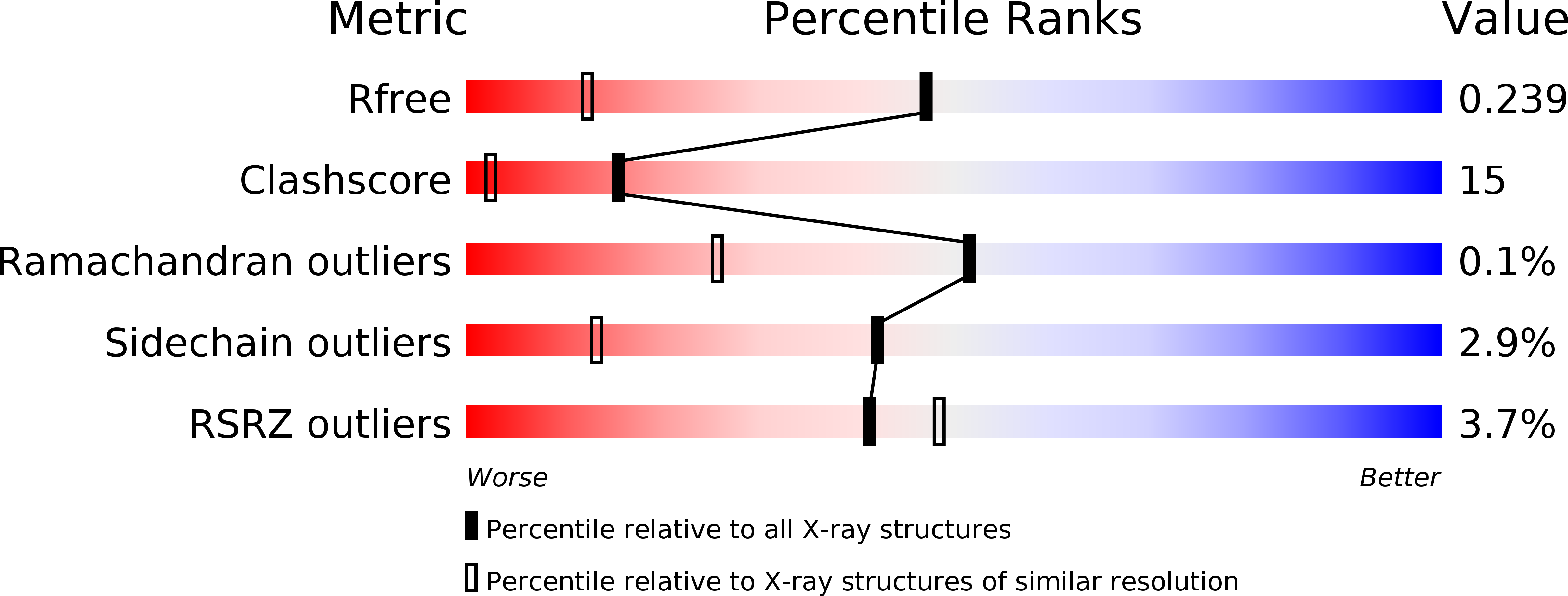
Deposition Date
2002-01-03
Release Date
2002-07-10
Last Version Date
2024-02-14
Entry Detail
PDB ID:
1KQ1
Keywords:
Title:
1.55 A Crystal structure of the pleiotropic translational regulator, Hfq
Biological Source:
Source Organism:
Staphylococcus aureus (Taxon ID: 1280)
Host Organism:
Method Details:
Experimental Method:
Resolution:
1.55 Å
R-Value Free:
0.25
R-Value Work:
0.23
Space Group:
P 1 21 1


